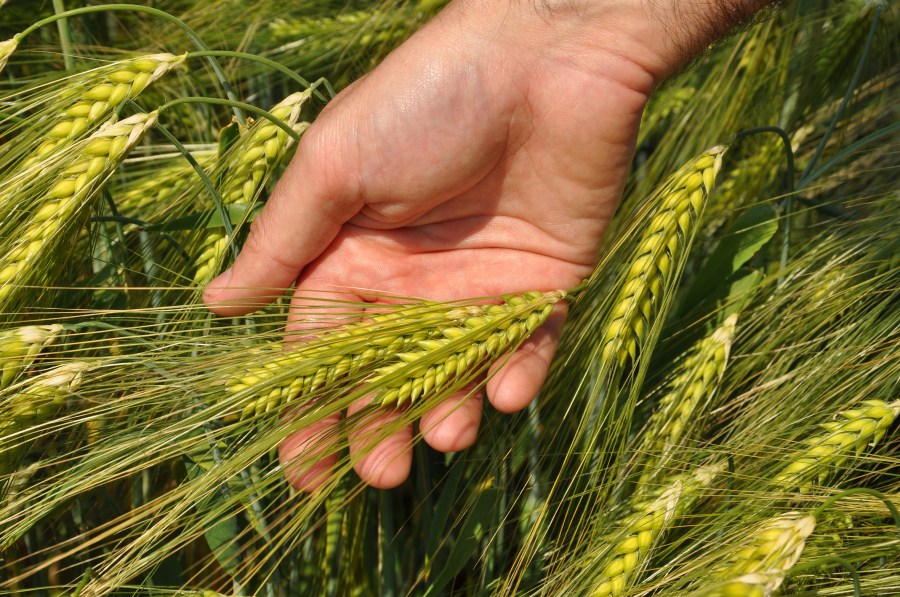Two new milestone winter cereal varieties from Syngenta have been added to the latest AHDB Recommended Lists for 2024-25.
SY Cheer
New on the winter wheat RL is the Syngenta quality wheat, SY Cheer. Rated as a provisional UKFM (UK Flour Millers) Group 1 variety, this makes it a potential bread-making variety, says Syngenta seeds marketing manager, Kathryn Hamlen.
It’s also the first new addition to the Group 1 section of the AHDB winter wheat RL since 2017, she points out.
“Usefully in the Group 1 category, Cheer provides a practical combination of high grain quality, high yields and robust foliar disease resistance,” says Kathryn. “We see it as a quality wheat made simple. It is an exciting variety,” she adds.
As well as a UK treated yield of 97% of control varieties on the RL, Cheer has given consistently high treated yields across all UK regions, only varying by 1% point.
“From a quality perspective, its key features include high figures for both Hagberg Falling Number and specific weight among Group 1 AHDB RL winter wheat varieties – with figures of 299 and 79.5 kg/hl respectively. A variety that starts from a high quality base can give a useful buffer for protecting milling premiums – for example in wet harvests which can cause Hagbergs in particular, to suffer.
“Meanwhile, the disease resistance ratings for Cheer, of a 6 against Septoria tritici, 7 against yellow rust and 6 against brown rust, give it a good foundation against these three major UK pathogens. This good disease resistance drives its high untreated yield.”
Final UKFM classification on the quality of SY Cheer is hoped for in spring 2024.
SY Buzzard
New on the winter barley RL is the hybrid feed variety, SY Buzzard – the first Syngenta hybrid on the list bringing tolerance to the aphid-borne disease, barley yellow dwarf virus (BYDV).
“Left uncontrolled, BYDV can reduce winter barley yield by as much as half,” says Syngenta seeds technical expert, Ben Urquhart.
“Importantly, as well as BYDV tolerance, Buzzard also maintains the other usual hybrid barley characteristics. These include high and stable yield, good specific weight, suppression of certain grassweeds, early maturity and efficient utilisation of nitrogen fertiliser. Hybrid barley also has flexible end uses – including feed grain, but also wholecrop for either anaerobic digestion or forage.”
Yield-wise, Buzzard brings a high UK treated yield of 103% of control varieties on the new winter barley RL, and particularly notable yield performance in the East, at 104% of controls.
“It combines these yields with good disease resistance, including the highest resistance rating to net blotch on the winter barley RL, of 7, plus good resistance to lodging and a low level of brackling.
“It’s also early to mature with a rating of -1. An early harvest can be important for farm cash flow and to provide a good entry for winter oilseed rape,” he explains.
In Syngenta trials where winter barley was inoculated with aphids infected with BYDV, Ben says reduced visual symptoms of yellowing and dwarfing, and a lower level of yield degradation, were seen in Buzzard compared with a non-tolerant variety.




